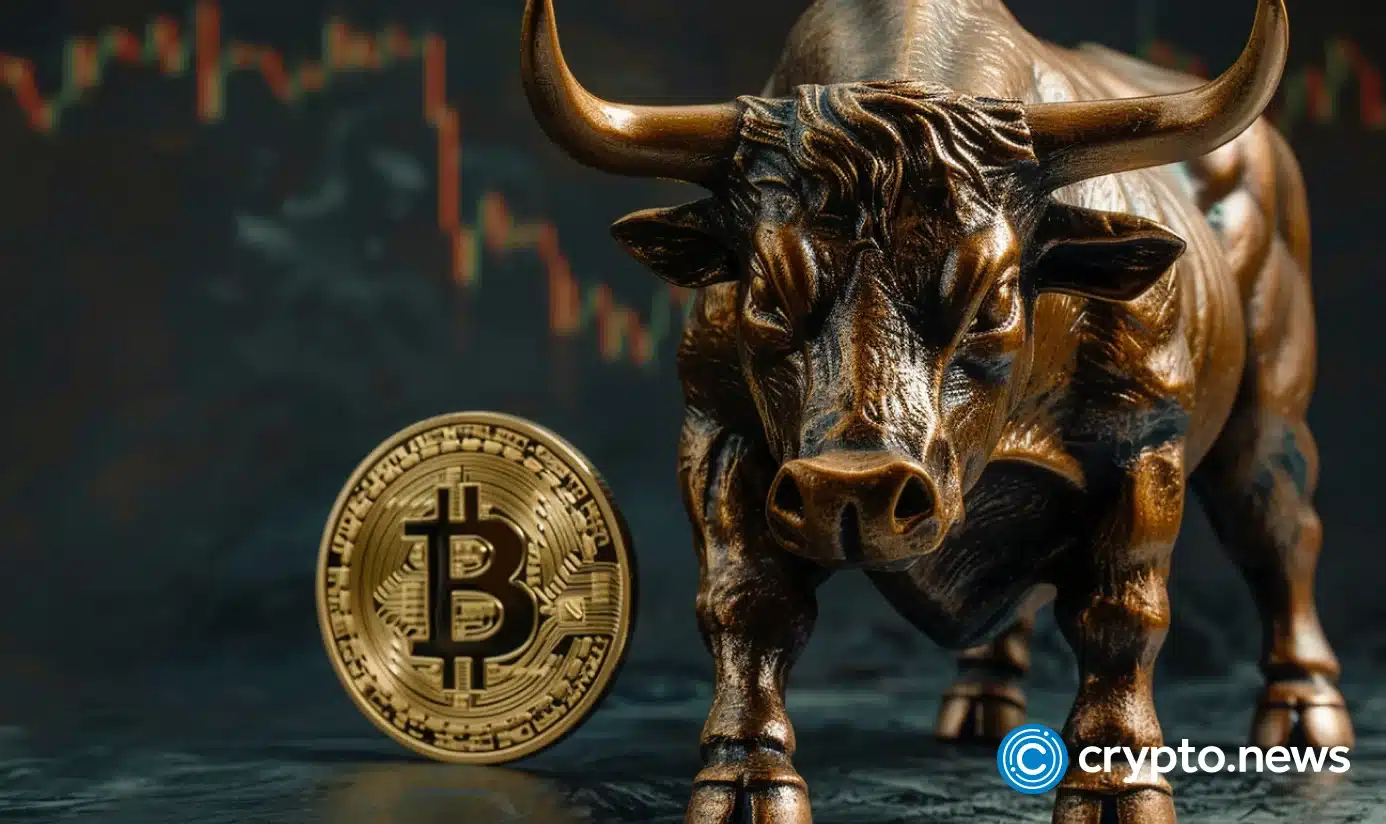Bitcoin’s $109K Surge: The Untold Catalysts Fueling Today’s Price Explosion

Bitcoin just bulldozed through $109,000—and traditional finance didn't see it coming. Here's what's really driving the rally.
The institutional FOMO is real
Wall Street's latecomers are panic-buying BTC like it's a Black Friday sale. Meanwhile, the OGs are quietly stacking sats.
Liquidity crunch meets halving math
Exchanges are running on fumes as the post-halving supply shock finally hits. Guess those 'digital gold' analogies weren't so crazy after all.
Macro winds at crypto's back
With central banks flailing and inflation sticky, Bitcoin's doing exactly what it was built to do. Take that, legacy finance.
The smart money's betting this is just phase one. The dumb money? Still waiting for a 'correction' to buy the dip.
Beneath the surface: ETF flows and policy shifts
The latest Bitcoin price rally coincides with a rare convergence of liquidity, policy expectations, and shifting investor behavior.
Standard Chartered this week reiterated its bold call for BTC to hit $135,000 by Q3 and $200,000 by year-end, citing what it called a “new FLOW regime.” According to the bank’s global head of digital assets research, Geoffrey Kendrick, ETF inflows, corporate treasury buying, and sovereign accumulation are now the dominant price drivers—displacing the post-halving slump narrative that defined previous cycles.
In Q2 alone, institutional buyers added 245,000 BTC, with a growing share coming from public companies not named Strategy. That demand is expected to accelerate through Q3 and Q4, as passive ETF allocations deepen and more firms mimic the leverage-heavy treasury strategies pioneered by Michael Saylor.
Beyond spot bitcoin ETFs, the REX-Osprey Solana + Staking ETF made a surprisingly strong debut, pulling in $20 million in volume on its first day. Bloomberg’s Eric Balchunas called the performance a “top 1% for new launches.”
The fund’s momentum suggests confidence in crypto ETFs is far from saturated. In fact, success for altcoin-based products may be reinforcing BTC’s legitimacy as the sector’s anchor asset.
President Donald TRUMP also announced a new trade deal with Vietnam that helped lift U.S. equities and risk assets broadly. Under the new terms, the U.S. will impose a 20% tariff on Vietnamese exports and a 40% levy on rerouted goods, while American products receive tariff-free access to the Vietnamese market.
Markets interpreted the deal as part of a broader post-election pivot toward aggressive economic posturing. Bitcoin, often grouped with risk-on trades during periods of geopolitical volatility, caught a bid alongside tech stocks. By midday, the Nasdaq was up 0.8%, and Bitcoin had already cleared the $109,000 mark.

